Some pups love a good belly rub. Others could take it or leave it. When your pooch rolls over to expose her belly, is she asking for some hand-on-belly action? Is she being submissive? Or is it something else altogether?
We’ll dive into the subject of belly rubs below and explain everything you need to know about this common dog-human interaction.
Why Do Dogs Like Belly Rubs: Key Takeaways
- There are a few different reasons dogs may enjoy belly rubs, including the physical sensation it provides and the chance to bond with their human.
- Not all dogs enjoy belly rubs, so it is important to pay attention to the behavioral clues your dog exhibits.
- There are several alternatives you can employ for dogs who don’t enjoy having their belly rubbed.
Why Do Some Dogs Love a Good Belly Rub?
There are a few reasons some dogs enjoy a good belly rub. Just understand that every dog is different, so the exact reason your particular dog enjoys a good rub will vary.
Some of the reasons dogs may enjoy belly rubs include:
- Belly rubs stimulate your dog’s hair follicles. Tummy scritches stimulate the hair follicles in your dog’s skin. So, your dog may just enjoy the physical sensation of having her belly rubbed.
- Belly rub sessions provide physical contact and serve as a type of bonding. Allogrooming, or reciprocal grooming, in many species helps to establish and maintain relationships. Touching and petting dogs who enjoy this interaction will help you to strengthen trust and build a bond.
- You may have reinforced the behavior. Enjoying belly rubs can be a learned behavior too. If your pup learns that showing you her belly earns her some rubs and attention, she may start to solicit rubs regularly.
Do All Dogs Love Belly Rubs?
All dogs are individuals, who have varying attitudes about belly rubs.
Some dogs love cuddles, pats, and belly rubs. Other dogs prefer to be admired from a distance. And even dogs who lavish in this tactile attention have limits, as well as times they may not be interested in cuddling at all.
My pup has learned that she can straddle my foot while I am sitting with my legs crossed in order to get a good tummy rub! Other times, she will flop over on her back, expose her belly, and relax into a gentle belly massage.
There are also times that she would like to lay next to me, but she would rather I keep my hands to myself. I respect that!
How Can I Tell If My Dog Likes Belly Rubs?
Puppies are not necessarily pre-programmed to know how great belly rubs can be, but it’s something that can be learned over time. And for those dogs who do enjoy belly rubs, their belly-exposing behaviors may, in certain contexts, be an invitation for scratchies!
But there has been some debate over whether our dogs love belly rubs or simply learn to enjoy (or even just tolerate) them. Regardless, some dogs do appear to enjoy and even seek out belly rubs, especially those dogs who trust their humans wholeheartedly.
The trick is to observe your dog’s behavior and body language to figure out whether she would like some belly attention or not.
Here are some things to look for to make sure that she is a willing participant who’s enjoying the rubs:
- She is wiggly and her whole body is relaxed.
- She approaches you to ask for belly rubs.
- She is not exhibiting any common stress-related gestures, such as actively looking away, lip licking, showing the whites of her eyes, blinking rapidly, or tucking her tail.
- Her ears are floppy and relaxed.
- Her eyes are soft.
If you are unsure, try the consent test! This essentially means that you stop petting her momentarily and see what she chooses to do.
Does she nuzzle you for more rubs? Does she stay relaxed and belly up waiting for more? If so, she’s probably enjoying herself and you should continue.
But, if she shows appeasing or stress signals, tries to leave, or seems to be moving very slowly, stop and try to find some other way to bond with your dog.
You can see a version of the consent test in the video below:
Is It OK to Rub Your Dog’s Belly?
Deciding whether or not it is a good idea to rub your pet’s belly depends on her attitude about belly rubs. There are many dogs who genuinely seem to enjoy having their tummy touched, but others don’t appear to like it very much.
If your pup is into the pets, then go right ahead! Rub that belly! Just always keep in mind that she may not be enjoying it in the way you think.
Watch for appeasing, stress, or displacement signals which could indicate that she is not enjoying the experience. If she starts showing signs that the belly rubs are unwanted, stop and find some other way to bond with your pet.
Note that her attitude about belly rubs may change throughout the day. As good as a hug from a friend can be, there are times when it’s just not what you want or need.
We may tolerate the hug at different levels depending on what we are doing or how we are feeling. Your dog may experience similar changes, which you’ll want to take note of.
What Can I Do If My Dog Doesn’t Like Belly Rubs?
We’ve explained how to tell if your four-footer isn’t exactly keen on belly rubs. If this is the case, there are some alternative options for you.
- Work on some training. Training your pup and teaching her new skills can help to improve your bond and communication.
- Brush her hair gently. Proper grooming is an important aspect of dog care, and many dogs find the process quite enjoyable.
- Get her used to being touched. Although she may never want a belly rub, handling or touching is a necessity at times – at the vet, or for grooming, bathing, or nail care, for example. Do this by slowly desensitizing her to your touch or your hand movement.
- Find other body parts where she enjoys a gentle pat. Heads and faces are usually not a favorite, though there are exceptions to this rule. Many dogs, though, enjoy neck or bum scratchies. Do some experimenting by using the consent test!
- Acknowledge that dogs don’t generally grope or stroke each other, so it’s not always welcomed from people, either. This is particularly true for unfamiliar people. So, simply let her snuggle in nice and close but keep your hands busy with something other than petting! This will take some practice, it’s hard to resist a cuddly pooch!
Are Belly Rubs a Sign of Submission?
Dogs will often lay on their backs and expose their belly and lift a leg as an appeasement signal. An appeasement signal is a moderating gesture to show that she is non-threatening and trustworthy. Laying on her back is quite a vulnerable position.
However, this is context-dependent. If belly exposure is accompanied by stress or displacement signals, we can gather she likely is not looking for a belly rub at all but is instead looking to mitigate a stressful or threatening situation.
There are, of course, other reasons for belly exposure in addition to appeasement and the solicitation of belly rubs from humans. Play, for example, is a common reason that dogs may roll onto their backs — either to invite play or even to self-handicap when playing with smaller, younger or shyer dogs.
Why Do Dogs Have a “Tickle” Spot?
Are dogs really ticklish? If not, why does almost every dog kick a leg when you scratch in just the right spot, usually on or near their belly?
This phenomenon actually occurs because of a hard-wired reflex. The kicking is a completely involuntary reaction. It can even be startling for some dogs.
When you scratch or “tickle” your dog’s belly, it can be “irritating”, and it activates nerves that connect to her brain, sending signals to her leg muscles to kick in an attempt to get rid of the irritation.
Tickle-spot activation may bother some dogs more than others, and it may, in fact, not bother your pooch at all. But when something doesn’t really serve a real beneficial purpose, it’s best to stick to what you know she likes. So, do your best to avoid activating her “tickle” reflex.
***
Dogs are individuals, they have distinct likes and dislikes. And these will vary depending on so many variables, including her mood, level of tiredness, and a million more.
This means that, as an owner, you need to do everything you can to understand your dog’s likes and dislikes, and try to become the best canine communicator you can be. This way, you’ll be able to determine if your dog likes having her belly rubbed or if she’d rather you wouldn’t touch her tummy.
Does your pup enjoy belly rubs? How can you tell? If not, what other things do the two of you do together to improve your bond? We would love to hear your stories!
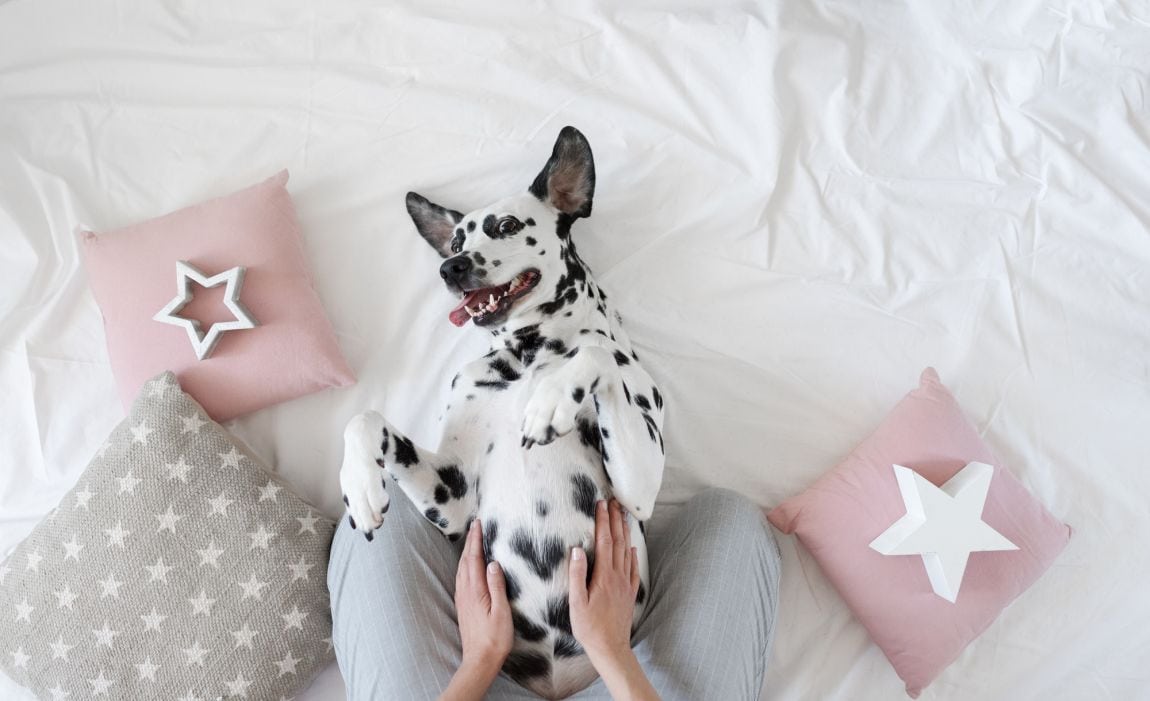

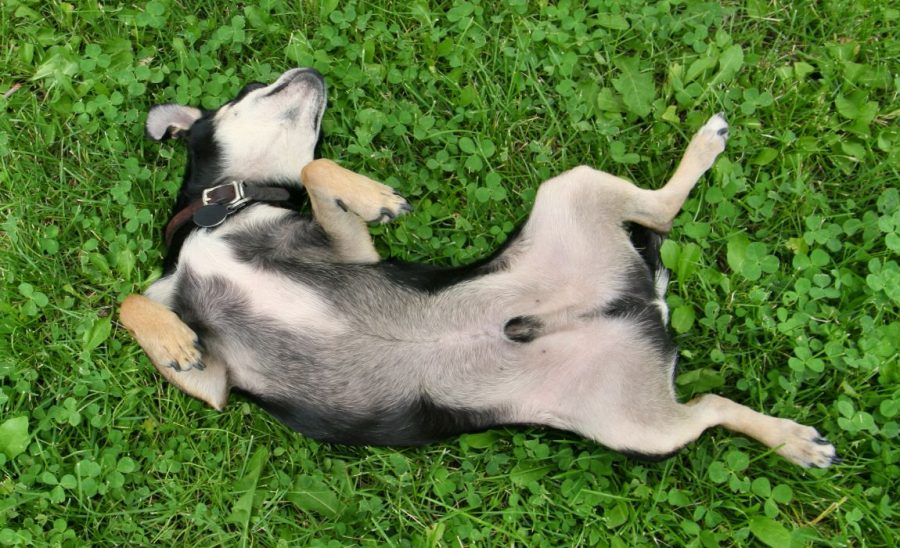


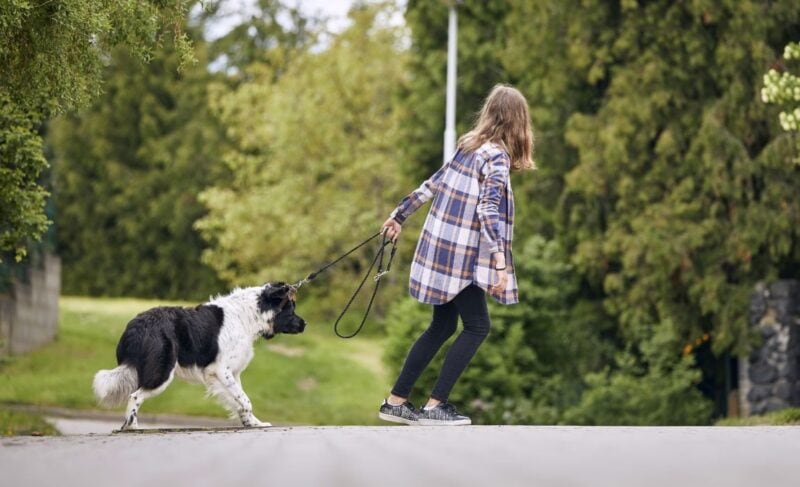
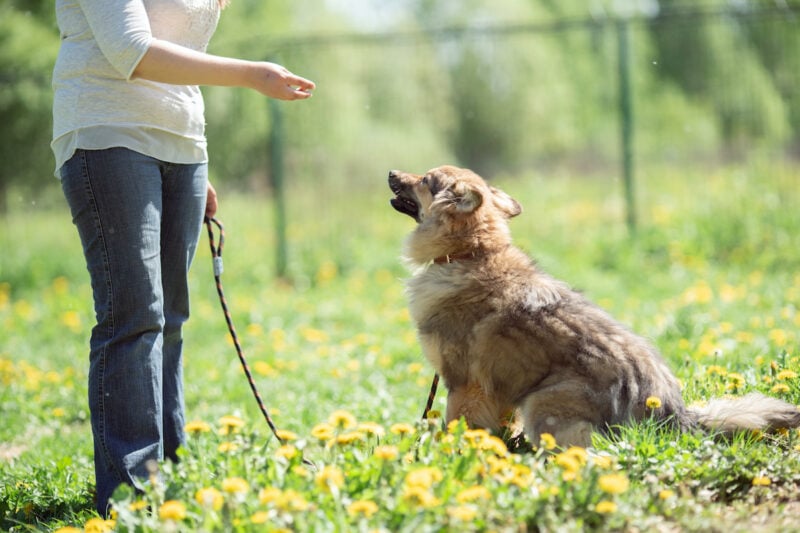
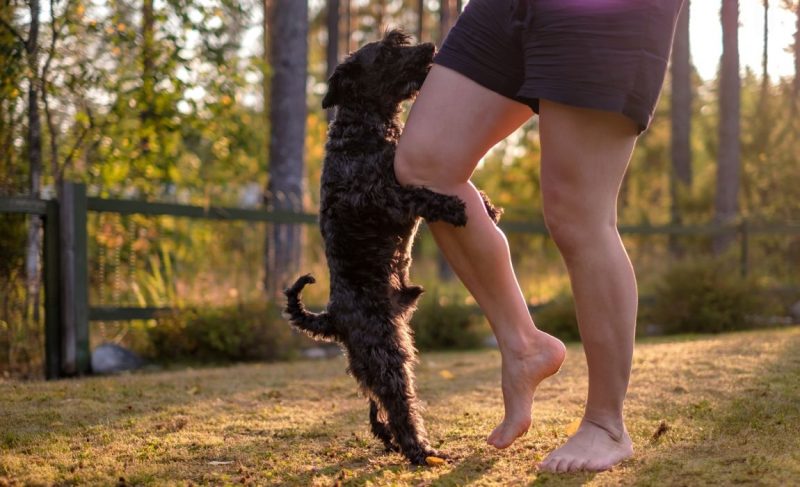
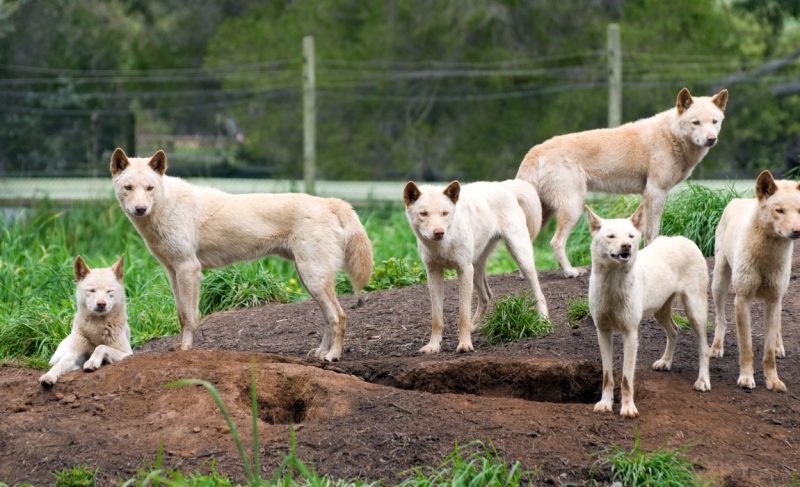
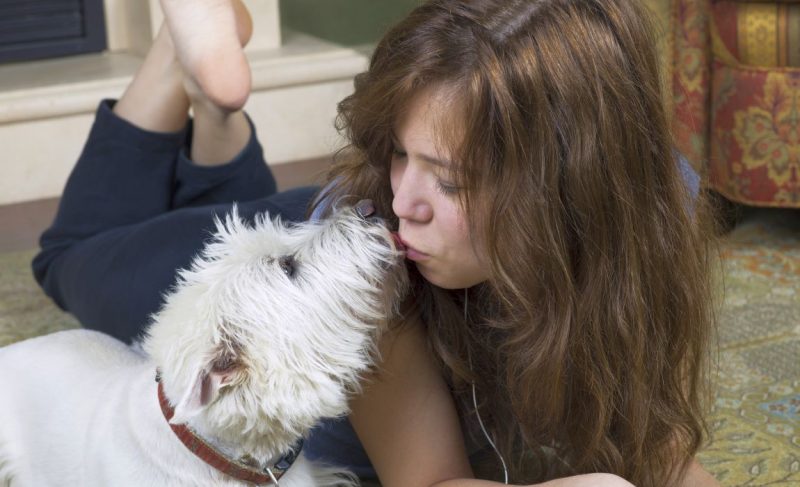
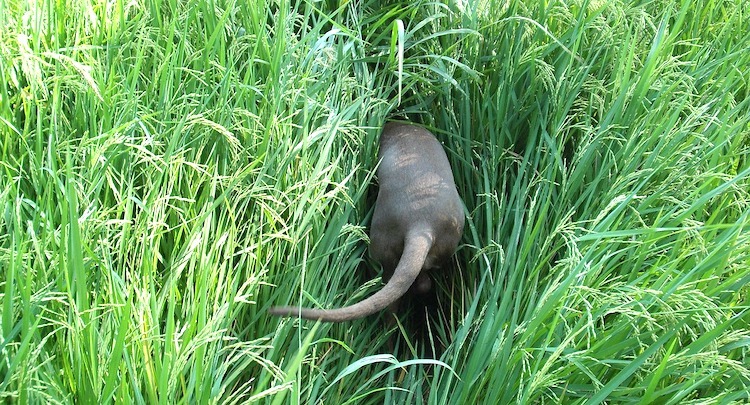
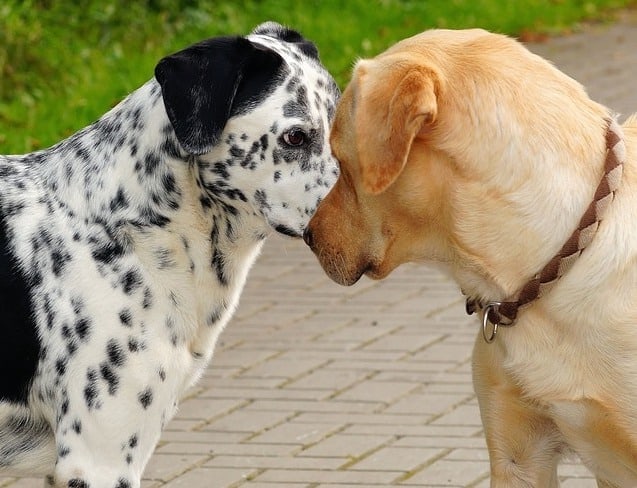

Leave a Comment